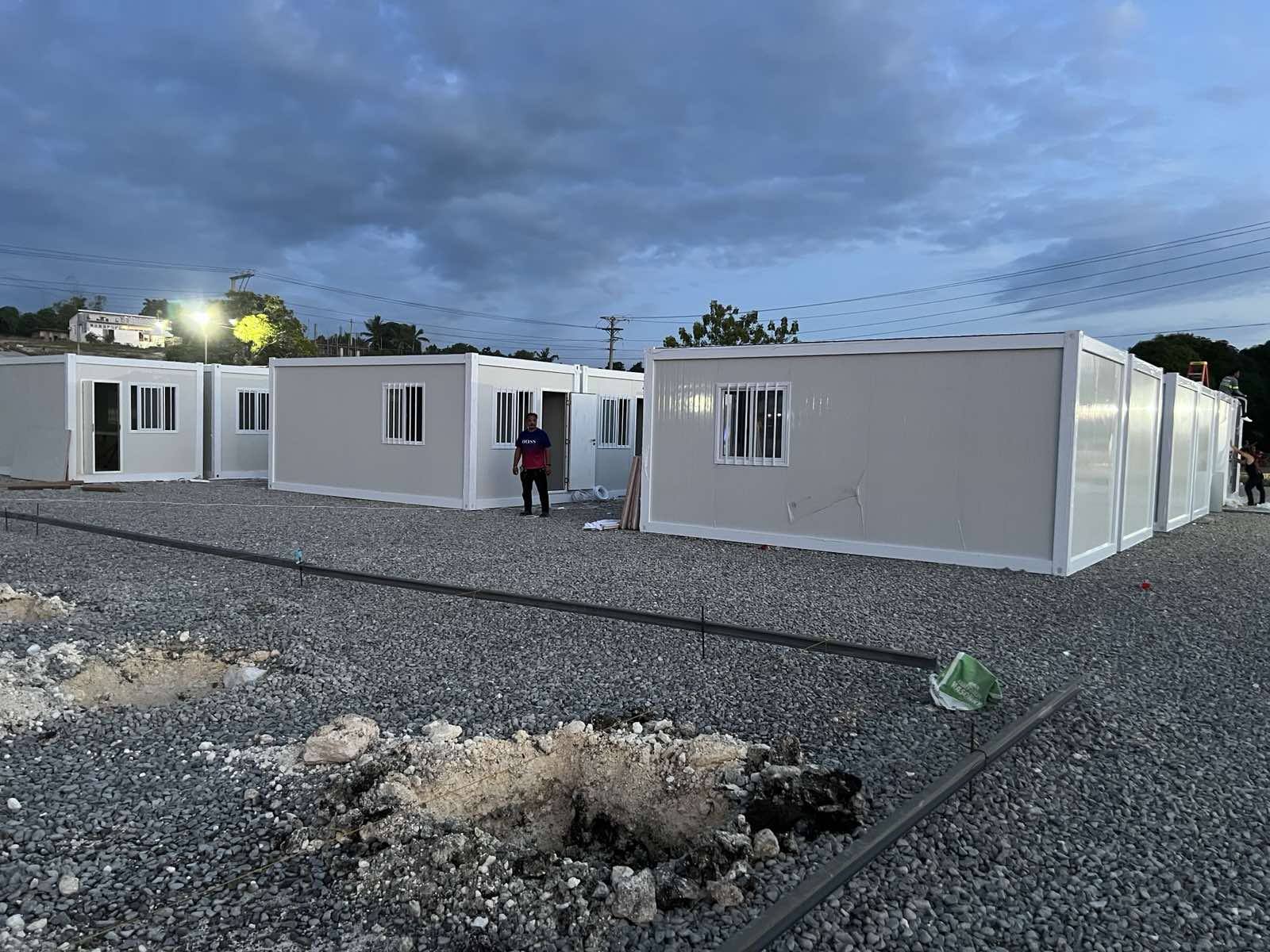
By Brian Campued
President Ferdinand R. Marcos Jr. ordered concerned government agencies to set up modular shelter units instead of tent cities in earthquake-hit areas, particularly in Cebu and Davao Oriental, as rehabilitation might take some time.
During a situational briefing in Tarragona, Davao Oriental on Monday, Marcos said modular shelter units provide better accommodation for residents compared to tents as the former are sturdier and more comfortable.
“We will change the tent cities into the modular shelters that we have found to be more mas matibay, mas komportable, para kahit na medyo matagalan… Kasi ‘yang infrastructure, pagka i-rehabilitate at saka rebuild, matagal nang kaunti ‘yan eh. So, we will have to find a place na maganda naman ang kanilang lagay,” he said.
According to the President, the Department of Human Settlements and Urban Development (DHSUD) under its Integrated Disaster Shelter Assistance Program (IDSAP) would build 150 modular shelter units in Davao Oriental starting on Friday, with residents expected to move in by Monday.
The modular shelter units are equipped with basic amenities such as toilet facilities, water and electrical supply, and common kitchens.
DHSUD Sec. Jose Ramon Aliling also said that they have allocated P5 million worth of home materials and essentials (HOMEs) to support rebuilding of damaged houses in Davao.
The Department of Public Works and Highways (DPWH) had also built a regional evacuation center in Manay, Davao Oriental for displayed residents and deployed a tanker that is ready to provide 20,000 liters of water to evacuees.
In Cebu, DHSUD in collaboration with concerned government agencies and non-government organizations (NGOs) began establishing smart houses in San Remigio last Friday, Oct. 10, Electric poles were also erected to ensure smooth electricity supply in the area.
Called the “Bayanihan Village”, this temporary safe refuge for displaced residents will also be built in Daanbantayan and Medellin, also in Cebu.
Meanwhile, a tent city continues to serve displaced families in Bogo City.
Based on the situational report of the National Disaster Risk Reduction and Management Council (NDRRMC) as of 6:00 a.m. on Tuesday, a total of 200,914 families or about 845,001 individuals were affected by the doublet earthquakes in Davao Oriental and Caraga.
Around 212,246 families or equivalent to 744,333 persons were affected by the magnitude 6.9 earthquake in Cebu.
-jpv
